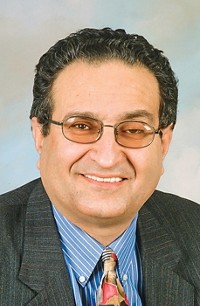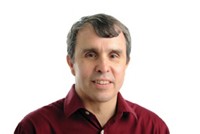Advertisement
Grab your lab coat. Let's get started
Welcome!
Welcome!
Create an account below to get 6 C&EN articles per month, receive newsletters and more - all free.
It seems this is your first time logging in online. Please enter the following information to continue.
As an ACS member you automatically get access to this site. All we need is few more details to create your reading experience.
Not you? Sign in with a different account.
Not you? Sign in with a different account.
ERROR 1
ERROR 1
ERROR 2
ERROR 2
ERROR 2
ERROR 2
ERROR 2
Password and Confirm password must match.
If you have an ACS member number, please enter it here so we can link this account to your membership. (optional)
ERROR 2
ACS values your privacy. By submitting your information, you are gaining access to C&EN and subscribing to our weekly newsletter. We use the information you provide to make your reading experience better, and we will never sell your data to third party members.
Analytical Chemistry
Nifty At Fifty
Five decades of laser technology shine light on chemistry fundamentals
by Mitch Jacoby
March 8, 2010
| A version of this story appeared in
Volume 88, Issue 10

Theodore H. Maiman couldn't possibly have guessed how the ruby laser that he and his coworkers first demonstrated 50 years ago at Hughes Research Laboratories would influence the world of chemistry research. But the effect was colossal.
"Modern physical chemistry simply wouldn't exist as we know it without lasers," insists Daniel M. Neumark, professor of chemistry at the University of California, Berkeley. These coherent light generators have been used so broadly to uncover the fundamentals of chemistry, as well as chemical aspects of biology, physics, and materials science, that a few pages in C&EN are hardly sufficient to illustrate their impact. The handful of topics and research projects discussed in this special feature—from atmospheric probes to femtochemistry to cellular imaging—are merely illustrative examples. They were selected to suggest the depth of the laser's impact on our growing understanding of the chemical sciences over the past five decades.
The advances in laser technology during that period have been profound. It used to be that "you'd go around aligning the laser from morning till night, and then, most of the time, experiments didn't work," says X. Sunney Xie, a chemistry professor at Harvard University. These days, highly stable, one-box turnkey systems are common.
The golden jubilee of the laser (light amplification by stimulated emission of radiation) is being celebrated throughout the year by special symposia and conferences, many of which are listed at laserfest.org. Event attendees will no doubt be inspired to wonder what the next 50 years will bring. Laser aficionados may choose to weigh in on that question, but it probably won't be settled for years. For now, here's wishing a workhorse tool in modern chemistry research a very happy anniversary.




Join the conversation
Contact the reporter
Submit a Letter to the Editor for publication
Engage with us on Twitter